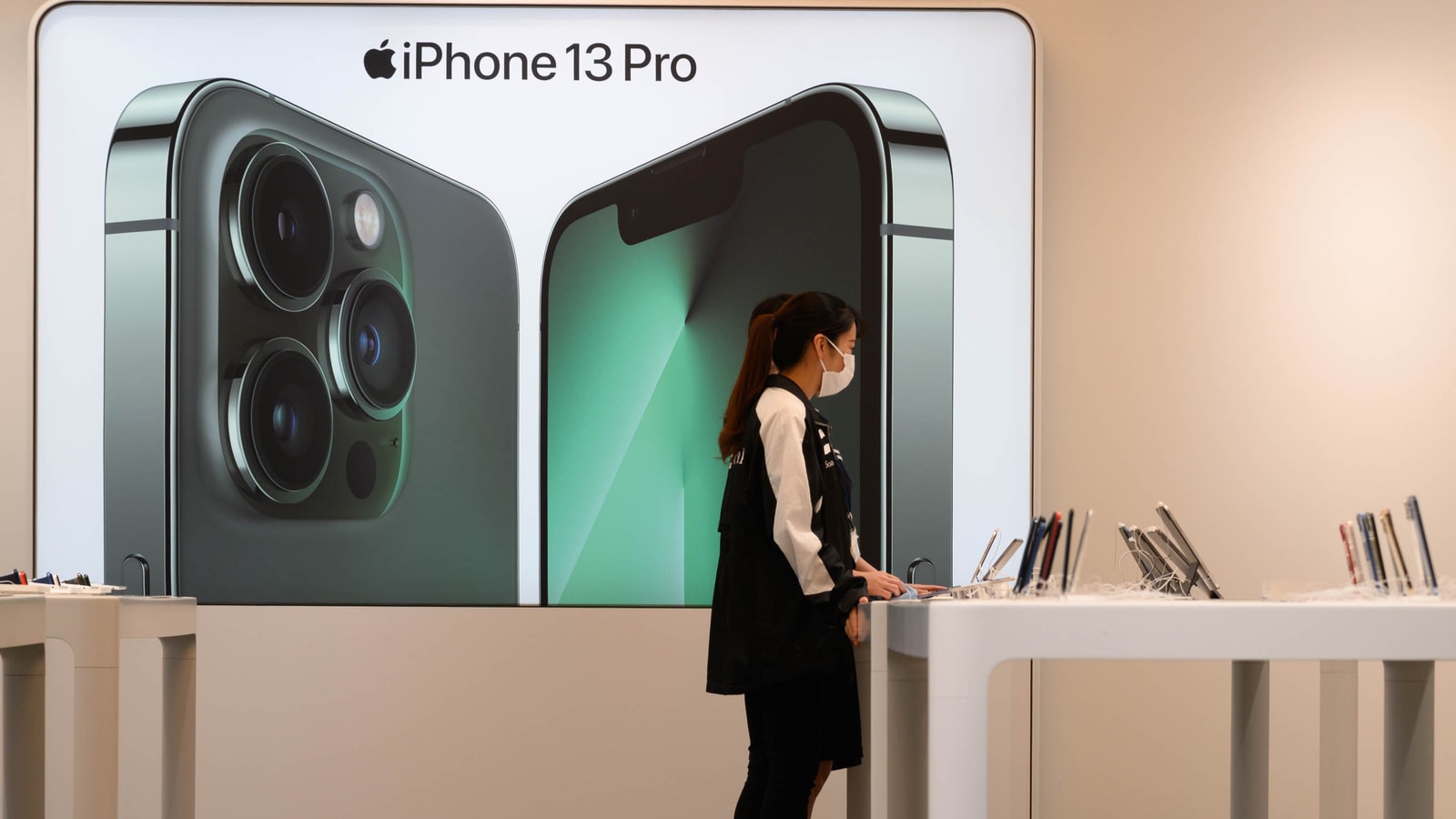Who knew that the shares of big technology companies would sell off? People who do a little math.
The shares of technology are taking a beating. The average tech stock in the Russell 3000 is down from its high, and many are down a lot. Most of the smaller companies that make up the sector are down more than 60%. Big tech has not held up better than before. The company is down from its high. The company is down.
Are you looking for a phone? Click here to check the finder.
The collapse of overhyped tech startups isn’t surprising, but surely investors couldn’t have anticipated that the tech powerhouses would receive the same treatment.
Is it possible they could? When shares of Amazon began to fall last July, they traded at more than 40 times the company’s expected earnings. That is still high for a growth stock. Since 1995, the longest period for which numbers are available, the forward price-earnings ratio for the Russell 1000 Growth Index has averaged 20. The average for the Russell 3000 Growth Index is roughly the same, but the data set is shorter than in the past.
Either Amazon investors were content to pay more than double the historical average for a growth stock or they expected future growth to justify the company’s outsized valuation. The long-term average for growth stocks can be used to calculate the earnings implied by the stock price at 20 multiple. By that measure, the expectations of investors were ridiculous. Amazon would have to deliver profits of $187 a share to justify its high in July of last year. Analysts expect Amazon to achieve $17 a share this year.
How long does it last? Amazon’s revenue is expected to grow 12% this year, which is more than double the historical average revenue growth for the Russell 3000 Growth Index. It would take the company more than two decades to generate earnings per share of $187 even at a higher pace. It is not easy for a company as big as Amazon to maintain revenue growth.
It has taken an average of four years for earnings to catch up to expectations baked into the Russell 3000 Growth Index. In extreme cases investors can change their minds quickly. At the peak of the dot-com craze in 1999, a 20 multiple for the growth index implied earnings of $33 a share, three times the index’s earnings for the previous fiscal year. It would have taken at least 27% a year to catch up with expectations in four years or less, nearly four times the index’s average earnings growth.
When investors realized that their expectations were not realistic, they ran for the exit. Over the next two years, the Russell 3000 Growth Index’s valuation and earnings expectations fell with it. After the growth index was sold off, those who bought in 2002 waited only two years for earnings to catch up with expectations, while those who bought in 1999 waited 16 years.
Even though they have their limits, Amazon investors have been more patient. The stock lost 98% of its value from 1999 to 2001 and it took 20 years for the earnings to catch up. The investors who bought the stock in 2002 at a more reasonable valuation waited only two years for their earnings expectations to be realized.
Even after the stock fell, investors still expect too much from Amazon. Amazon shares are 54 times their earnings. Even if profits bounce back next year, the stock could trade closer to 30 times, which is no bargain.
The same analysis applies to the company, except that it trades at 17 times its earnings, down from 50 a few months ago. The growth investors expect from it should be easy to deliver. The same could be said for Facebook parent Meta Platforms Inc. which trades at 18 and 14 times this year’s earnings. Apple is not far off at 22 times.
Amazon is not the only holdout. The giants trade at 55 and 34 times this year’s earnings. Don’t be surprised if investors decide that the remaining highflyers won’t live up to lofty expectations soon enough.
Kaissar is an Opinion columnist. Unison Advisors is an asset management firm founded by him.
The first edition was published on May 24.
